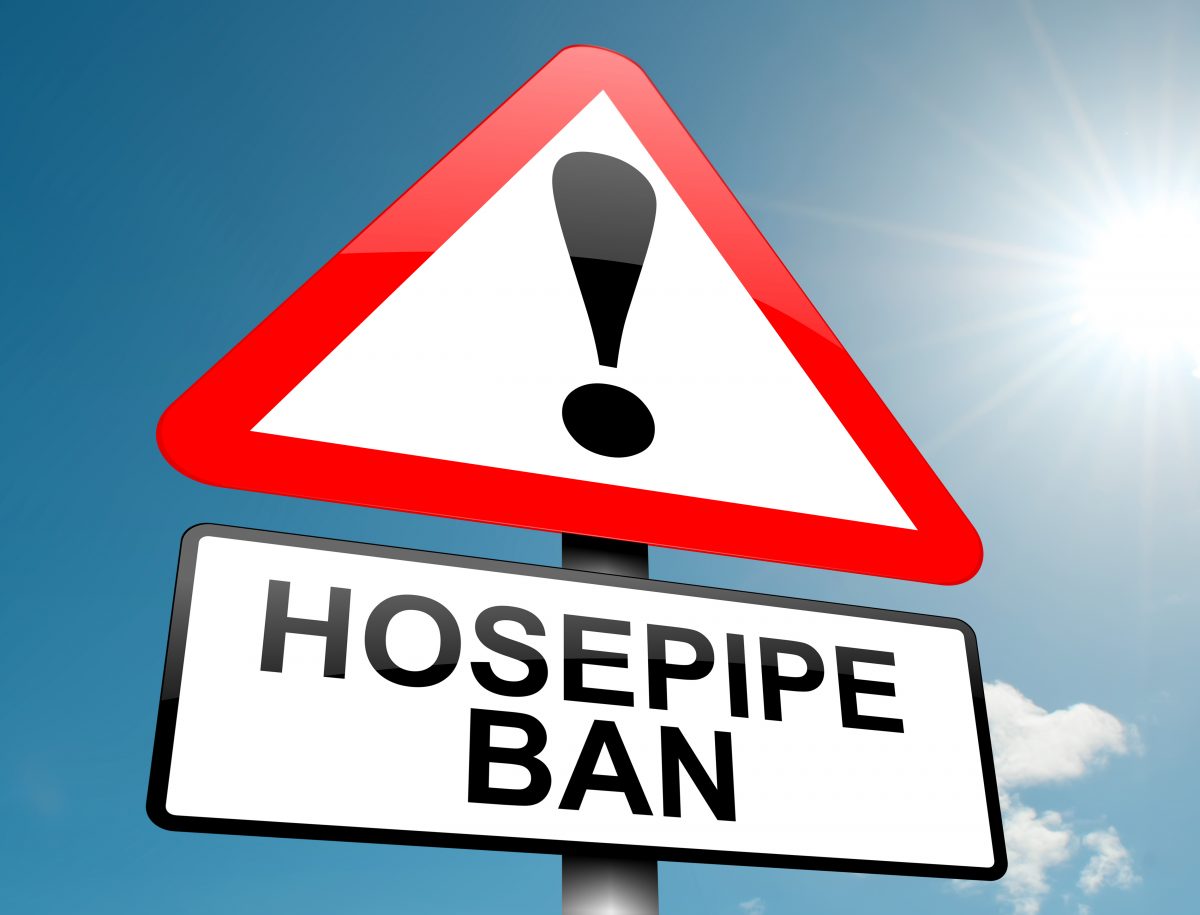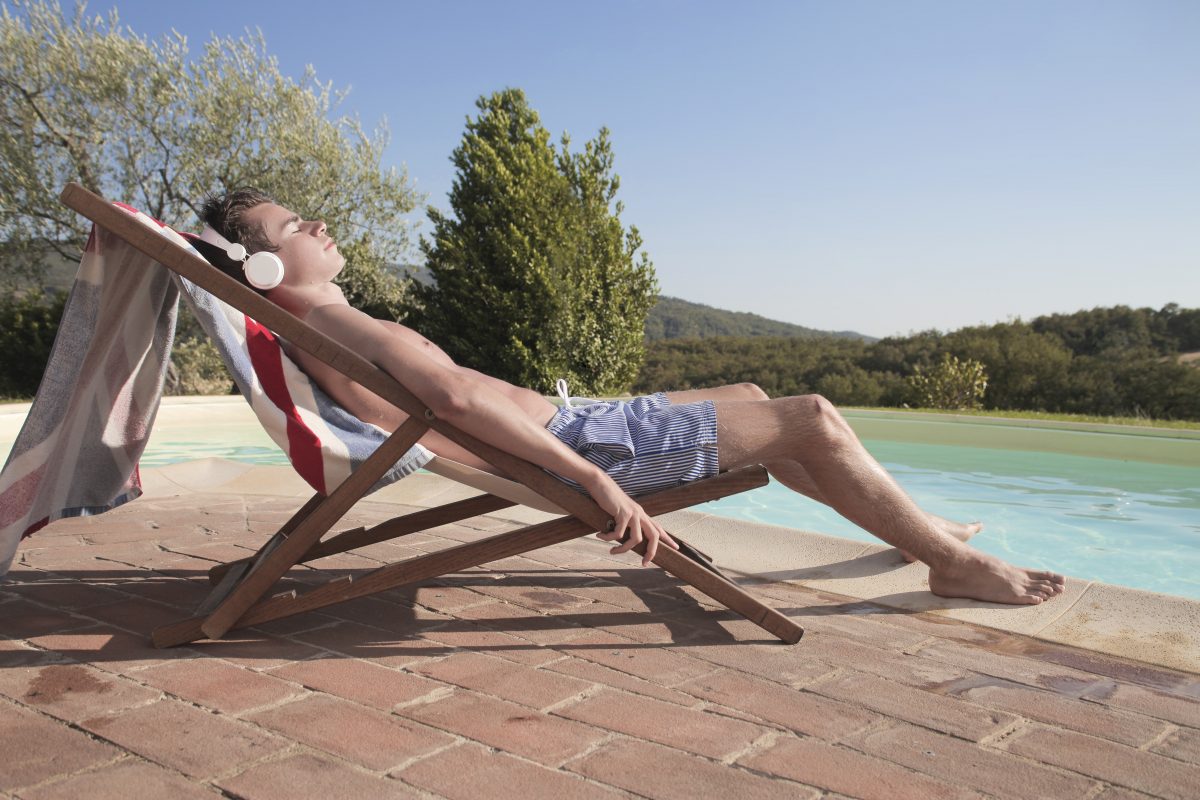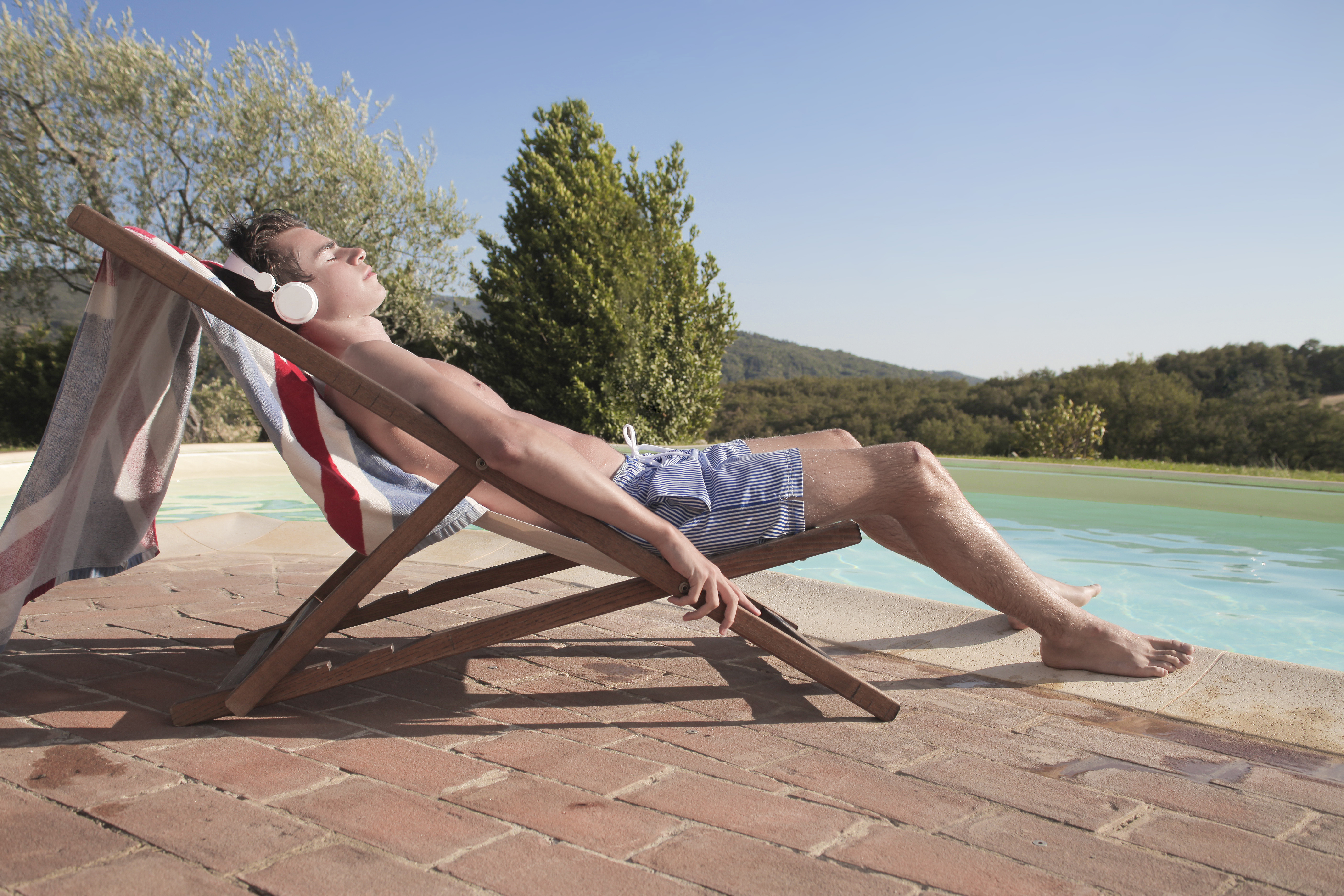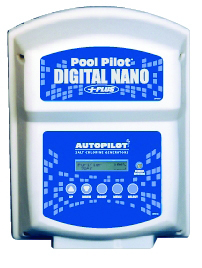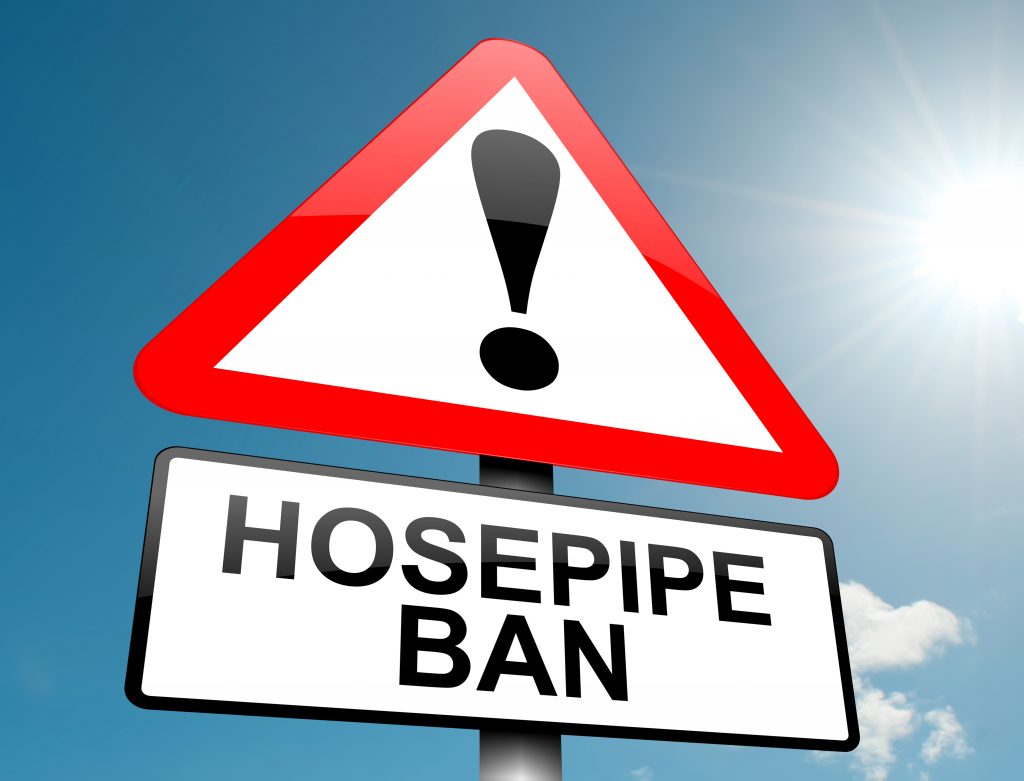
What is a Hosepipe ban?
A Temporary Use Ban (TUB) – also widely known as a Hosepipe Ban – is designed to restrict the use of water to manage demand during times of drought in the UK. One of the categories of water use that may be prohibited during a TUB is ‘filling or maintaining a domestic swimming or paddling pool’.
However, although domestic swimming pools and swimspas are affected by this legislation, there are some exemptions under a Temporary Use Ban. HOT TUBS; NEWLY BUILT SWIMMING POOLS AND SWIMSPAS; AND MAJORLY REFURBISHED SWIMMING POOLS AND SWIMSPAS ARE NOT TREATED AS FALLING WITHIN THE DOMESTIC SWIMMING POOL/PADDLING POOL PROHIBITION.
During a Temporary Use Ban you CAN:
• Fill or maintain a pool or swimspa where necessary in the course of its construction. Newly built swimming pools or swimspas can be filled with water.
• Fill or maintain a pool or swimspa during the course of major refurbishment. Major alterations to shape, size or to the immediate surroundings of the pool, repairs or significant leaks or the installation of a complete new liner would qualify in this category. Minor repairs or cosmetic renovation such as the replacement of tiles would not qualify. Ideally the water from the pool to be refurbished or repaired should be retained in a temporary structure and reused if suitable.
• Backwash your swimming pool filter – however, you cannot replace water lost as a result of backwashing
• Fill or maintain a pool or swimspa using a hand-held container which is filled with water drawn from a tap.
• Fill or maintain a pool or swimspa that is designed, constructed or adapted for use in the course of a programme of medical treatment.
• Fill a hot tub – these are regarded as a bathing facility.
If the drought continues, then a water company may apply to DEFRA for a Drought Order which if applied enables the water company to take further water saving measures which may include non domestic swimming pools that are not open to the public.
Conserving Water when Running a Swimming Pool
Although the water in a swimming pool is continuously filtered, cleaned and re-used, there are areas where water losses can occur and we recommend that these should be addressed in order to conserve water.
Reduce evaporation. Keep floating covers on the water surface whenever swimming has stopped to reduce evaporation. This will also keep heat in the water, reducing your heating bills, and will help to minimise chemical costs. The use of automatic pool covers such as Roldeck and Coverstar will also help to reduce evaporation.
Maintain lower pool water temperatures. This will reduce evaporation and minimise the effect of algae. Heating costs will also be reduced.
Use OC-1 Filtration Media in your swimming pool filter. OC-1’s huge debris retention capacity means that backwashing frequency can be reduced.¹
Install a Multicyclone. A Multicyclone installed pre-filter will reduce the frequency of backwashing and therefore the amount of water sent to waste.¹
Stop splashing! If pool users can reduce the amount of water splashed outside of the pool, then the amount of water lost to evaporation on the pool surround is reduced.
Consider installing rainwater harvesting tanks. The water will need to be filtered and treated before it can be used in the pool.
If do you need to top up your swimming pool with water, then use a hand held container. Alternatively, purchase water or hire a water bowser for quantities up to 2000 litres, or if large volumes of water are required then alternative water suppliers can be used to abstract water from an area unaffected by a ban and bring it via tanker to your pool.
Water and energy conservation for new build pools and refurbishments
When doing major refurbishment work, transfer the water from the pool into a holding tank and recycle it back into the pool when the work is complete.
For new pools, discuss the project requirements with the client and establish whether a shallower pool (1.5m) might be more appropriate. Ensure that if diving is to be permitted the SPATA ‘cage of safety’ recommendations are followed.
Instead of a traditional swimming pool sand or glass filtration system, consider an OC-1 filtration system. With OC-1, it is possible to achieve a greater flow of water through the filter which means that pump speeds can be reduced by around 20% giving impressive energy savings. OC-1 also saves water as its huge debris retention capacity means that the filter can go much longer without a backwash¹ and without increasing the pressure or decreasing the flow rate.
¹NOTE: The levels of Total Dissolved Solids and Cyanuric Acid (a chlorine stabiliser used in outdoor pools) should be monitored due to the reduction in the addition of fresh water when reducing backwashing frequency. Sanitisers such as calcium hypochlorite and sodium hypochorite do not contain cyanuric acid and could be used as an alternative to di-chlor granules or tri-chlor tablets if cyanuric acid stabiliser levels are higher than desired.
